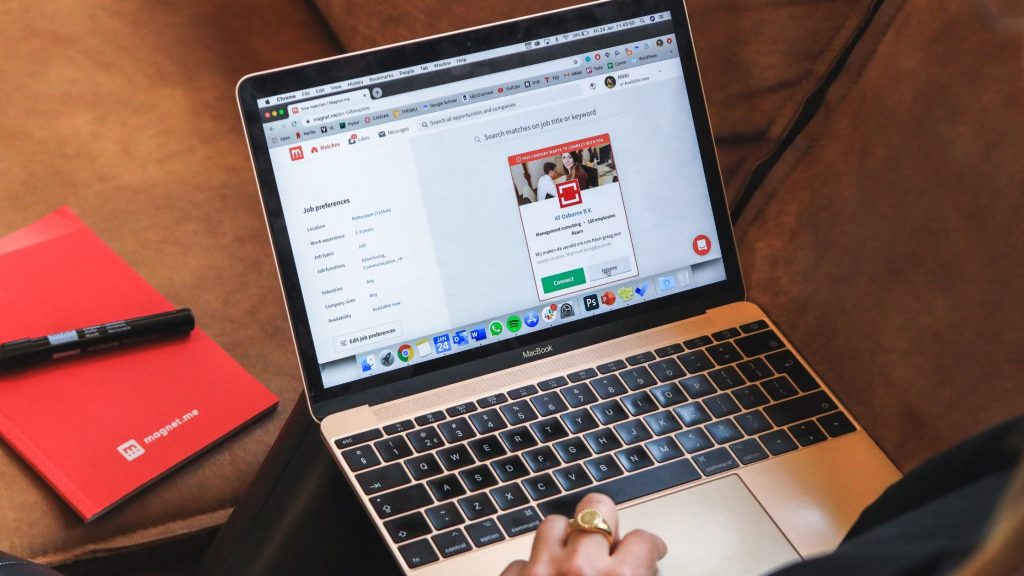Some things never go out of style. A good old-fashioned donut, a white shirt or little black dress, or eating chili in fall. But attaining “classic” status is all thanks to the dynamic and fast-paced change in trends, that people’s fatigued eyes would, from time to time, turn their gazes on what’s unmoving or constant. Plus, without succumbing to what’s hip, classic can easily turn into basic, dull, and forgettable.
In recruitment, we, as employers, are always guided by fundamental principles and practices such as the recruiting pillars of time, cost and quality, pipeline approach, and employer branding, among others.
While these are mainstays in the foundation of our recruitment strategies, they’re never enough to execute campaigns that will get you noticed, and much less, help generate results. Imagine having to compete with 59 million companies and more than 15 million job listings on LinkedIn with just the bare minimum.
As we end the year, there’s no more important time than now, to focus on how we can jazz up our usual “we are hiring” tactics, to really capture the attention of that potential recruit.
Thus, with the help of Workforce Solutions’ People and Culture Expert, Kayla Schaller-Greenwood, we compiled ten recruiting trends that are sure to take flight (or continue) in 2023.
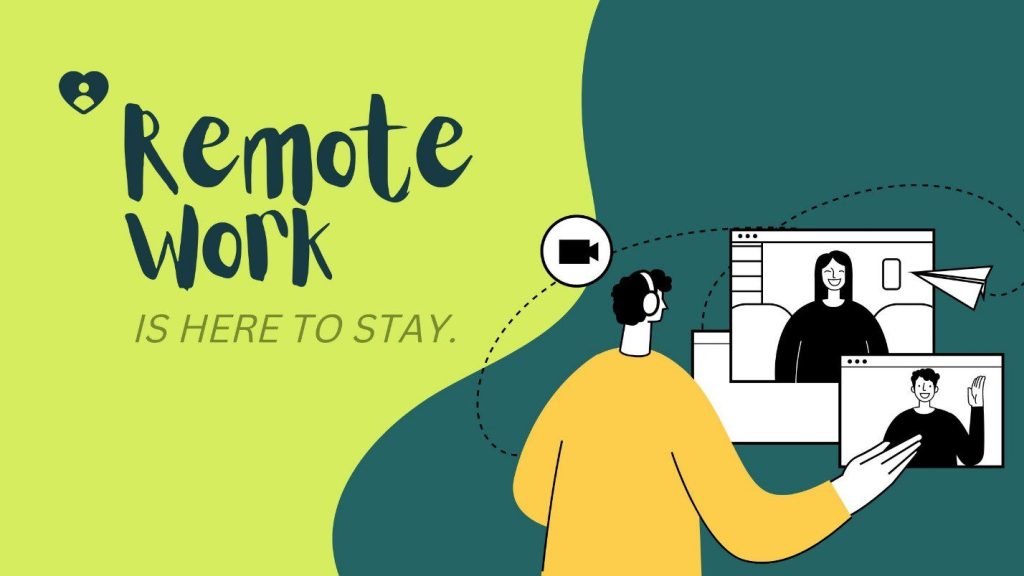
Remote work was essentially force-fed to companies upon the onset of the pandemic, but what do you know? Many loved it!
In fact, 76% of entrepreneurs believe that it is the new normal. It is even projected that by 2025, around 36.2 million American employees will be working remotely.
Many employers are also finding out that employees would rather quit than give up the flexibility of working from home. Furthermore, things aren’t looking good for companies that view remote work as a “temporary aberration,” as 54% of recruiters have witnessed candidates turn down a job offer or interview because of the lack of flexibility and remote work option.

The strain of the Great Resignation in 2021, overlapped with that of the Great Reshuffle earlier this year, led to a dwindling workforce availability that made it hard for employers to deal with production demands and service-sector pressure.
“The tug and pull of inflation’s impact on wages continues to affect employers’ ability to recruit and retain talent. It’s a vicious cycle where employees feel they need more pay to afford their bills, and when employers increase their wages, they are faced with the need to increase the costs of their goods, further feeding into inflation,” said Kayla.
The good news is, the gig economy is now riper than ever for employers to rely on. According to Statista, the projected gross volume of the gig economy is expected to reach $455.2 billion in 2023.
Moreover, there is a growing support for gig workers as they were given eligibility for reduced premiums on health insurance coverage by virtue of the American Rescue Plan Act.
Pro Tip from Kayla: Consider supplementing your job vacancies with gig workers by providing adjusted work schedules.
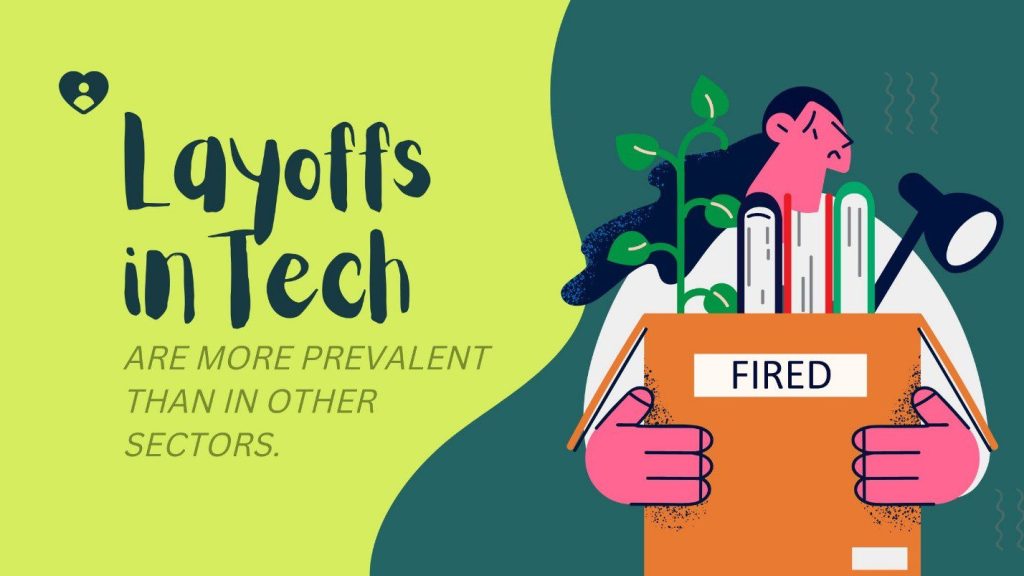
While the news continues to see layoffs as fears of an upcoming recession continue, the majority of layoffs are happening in the tech sector, where more than 42,000 workers have been affected by mass job cuts in 2022. This makes it difficult to translate those newly available workers into industries in highest need like retail, restaurants, and manufacturing.
Pro Tip from Kayla: Review if projected business will support a decrease, increase, or stagnation in your headcount. If looking to decrease headcount in certain departments or areas, consider how those team members can be reskilled to another part of the business to avoid the need to recruit externally.
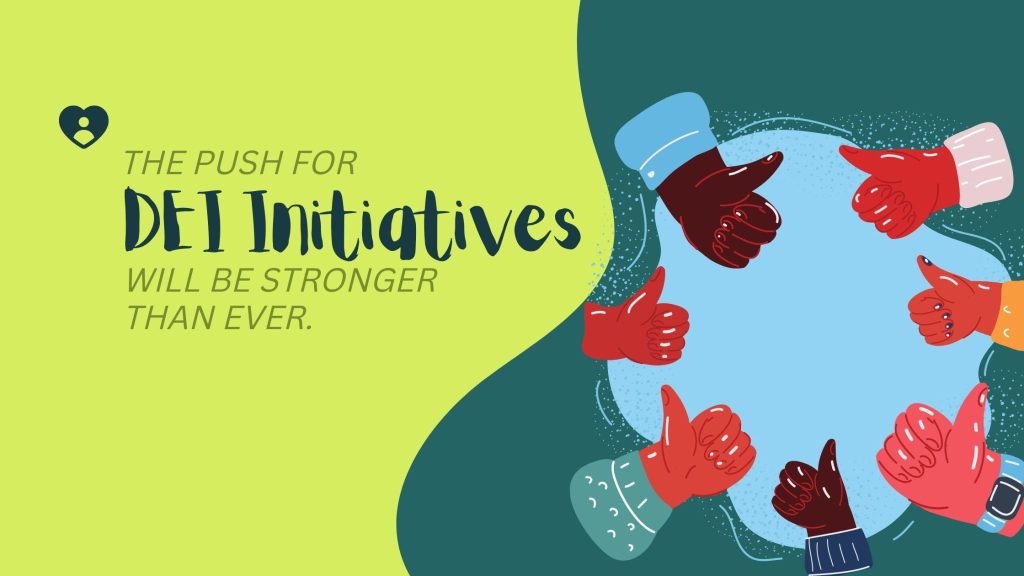
Employers and their teams are continuing to put a focus on diversity, equity, and inclusion (DEI) initiatives that include hiring external candidates and promoting, internally, from diverse candidate pools. These efforts have been supported by remote work, allowing employers to hire from diverse candidate pools across the country, or even globally.
A lot of initiatives have been established to build diversity in terms of race and ethnicity, so this time, many organizations are working towards expanding their DEI programs’ reach to other underrepresented groups – those discriminated because of age, sexual orientation and gender identity, disabilities, and more.
To do this, we suggest you look at the framework released by the World Federation of Advertisers (WFA) at Cannes Lions this year. Their Global DEI Charter for Change lays down 11 DEI action areas faceted into actions for leadership, actions to support the underrepresented groups (age, caregiving, gender, race & ethnicity, disability & neurodivergence, and sexual orientation & identity), and action on mental health.
In an earlier blog, we discussed how this WFA charter can serve as the backbone of your company’s initiatives. Check it out here.
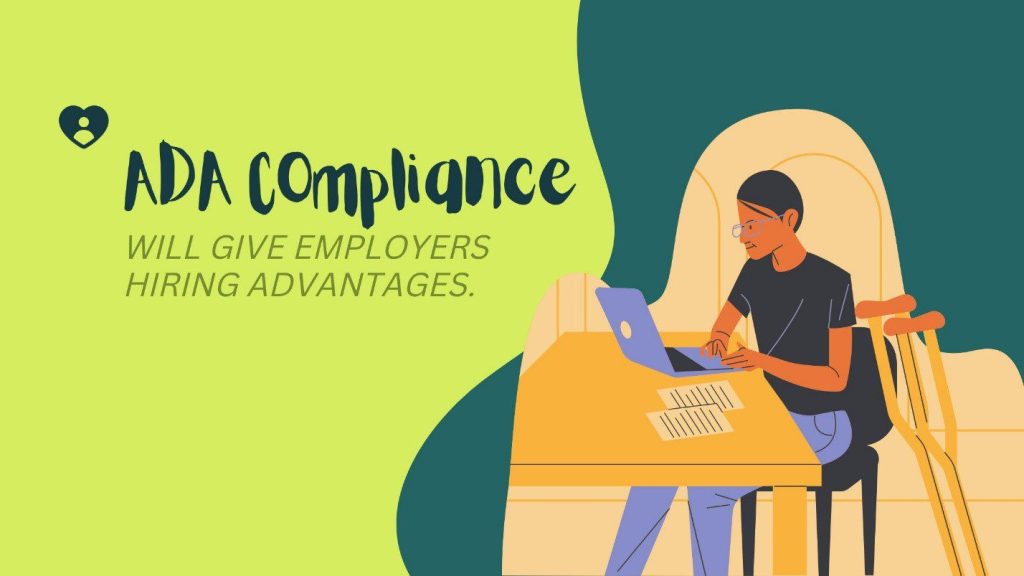
Individuals with disabilities continue to be a segment of our population we can better source and hire from.
The pandemic impacted this demographic when some people with disabilities couldn’t get the medical care needed because of the lockdown, potentially worsening chronic issues and mental health disabilities, and possibly causing new people to be diagnosed with disabilities as a result of their battle with COVID-19.
By virtue of the Americans with Disabilities Act, people with disabilities are afforded protection against employment discrimination by requiring employers to give them reasonable accommodations for applications, job interviews, and when they become employees.
Providing accommodations and accessible workplaces for these individuals allows you to recruit from a talent pool with many skills to offer. Remote work also opens up more accessibility to some individuals with disabilities to work with the accommodations needed to be successful.
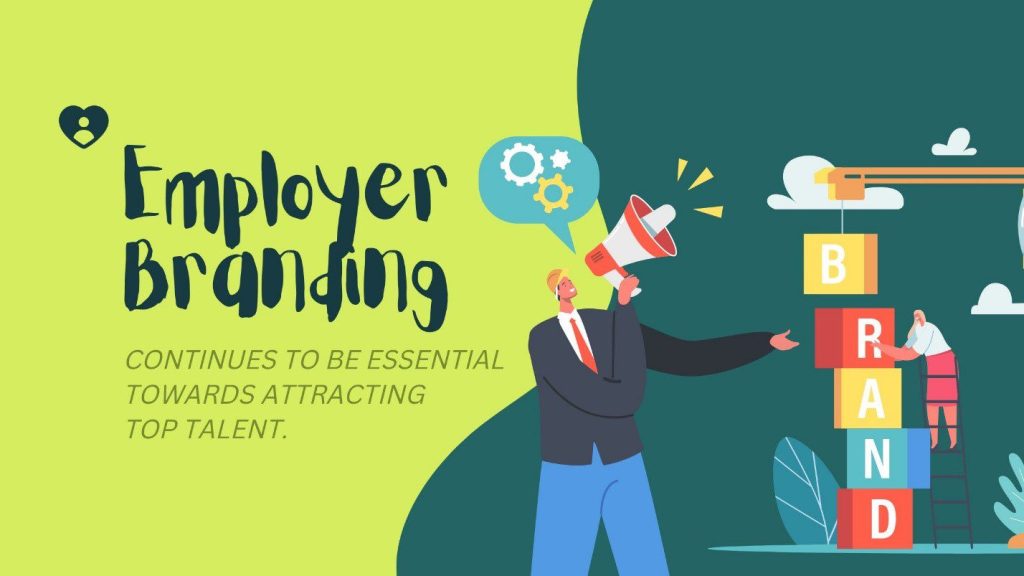
Employer branding continues to be essential towards attracting top talent. Candidates are empowered with the current market to pick their next role, and many are contemplating if the overall company and its culture is a match for them, just as much as whether or not they feel like they would fit in the particular role.
Think about it this way, what’s the one thing you do when you’re visiting a new city and looking to go out to eat? Probably narrow down what food you’re in the mood for and then look at the reviews. Well, your potential recruits are doing the same, from an employer and employee sense. They are looking your company up on all social platforms, as well as reading your reviews on Indeed and Glassdoor, amongst others. What do you have to offer? What sets you apart from the rest? What are people saying about you? They’re eyeing up whether or not they can see themselves working with your team.
One way to put your brand out there is to enlist your business leaders’ participation in the recruitment process because it humanizes your brand and makes potential candidates feel important.
If we haven’t stressed this enough, you should also create social media profiles that reflect your company’s culture, values, vision, and mission. A recent update on LinkedIn’s features include “Page Commitments,” which allows you to showcase your values and advocacies to job seekers and other connections.
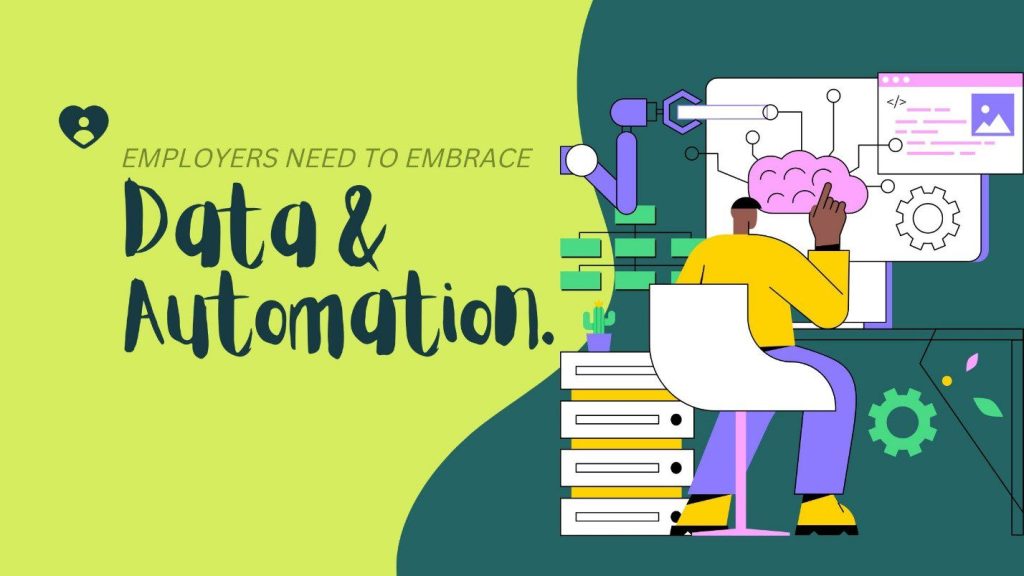
Drawing recruitment decisions from your gut would often result in making bad hires, costing you an average of $17,000 for each recruitment miss. Embracing data and automation lets you make decisions free from any unconscious bias and affinity bias.
Strong data allows you to fine-tune your sourcing and recruiting methods to ensure success and quality of hire. Data-based recruitment addresses concerns that get in the way of efforts to diversify the team, improve productivity rate, and reduce attrition rate.
Meanwhile, automating HR activities and workflows lets you eliminate human intervention in otherwise time-consuming, repetitive tasks like recruitment marketing, candidate sourcing, engagement and screening, interview scheduling, applicant tracking and status notifications, and assessments. With this, you can minimize the administrative burden, streamline your process, and prevent inaccuracies.
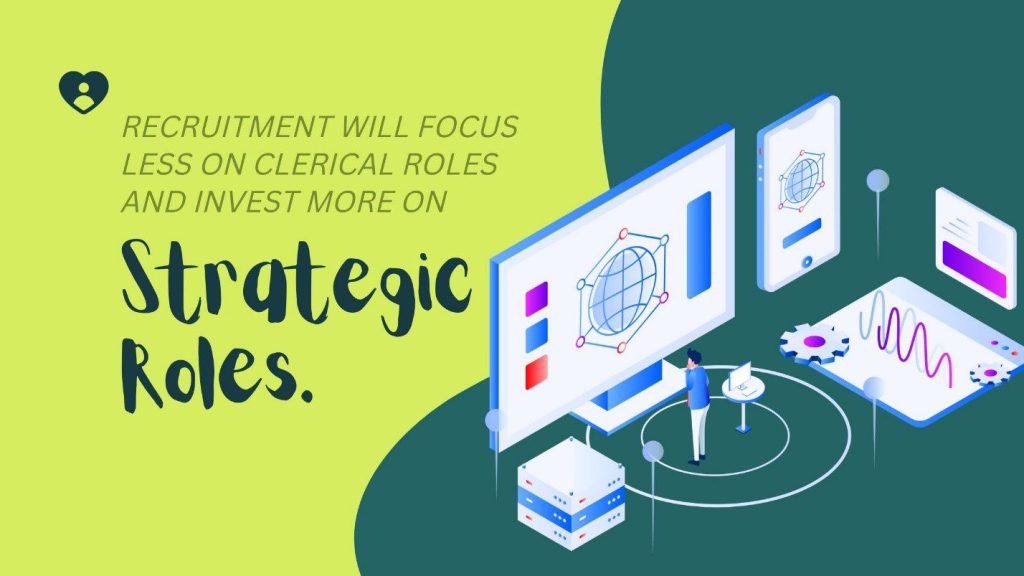
The rise of automation in all aspects of business operations including marketing, HR, accounting, and supply chain, are taking away the tedious and repetitive tasks off everyone’s back so more time can now be dedicated to strategy and development. Thus, recruiters will see an increasing demand for individuals with strategic backgrounds and skills.
Before strategic roles populate and take over job listings, you should ensure that your workforce planning for next year involves the:
- Re-evaluation of your talent pipeline, and
- Review and revision of existing job descriptions and skill requirements, with the goal of attracting more strategically inclined candidates.

A lot of time and resources go into the talent acquisition process. That’s why it’s both a loss for the company and for the candidate to have to go through all the steps, only to find out that the offer does not meet the candidate’s salary expectations.
In a study, it was found that 50% have withdrawn their job application or from the interview process because the pay range did not match their expectations. It also revealed that 79% of all respondents want some form of pay transparency.
The call for pay transparency in the hiring process is not a novel concept, but one that has just been gaining traction due to the “ease of access to compensation data on the Internet,” as said by Andrea Derler, Ph.D., Head of Research at Visier, a leading figure in people analytics.
Even legislators are taking an interest in pushing for this movement. In California, the Pay Transparency Law has just been pushed through and is set to take effect on January 1, 2023. This new law requires employers with more than 15 employees to reveal the pay range in all new jobs that they are promoting, whether internally or externally.
Currently, there is no Wisconsin law that requires employers to disclose the pay range in job listings, but as best practice, you can do so. Just make sure that you have a clear salary policy.
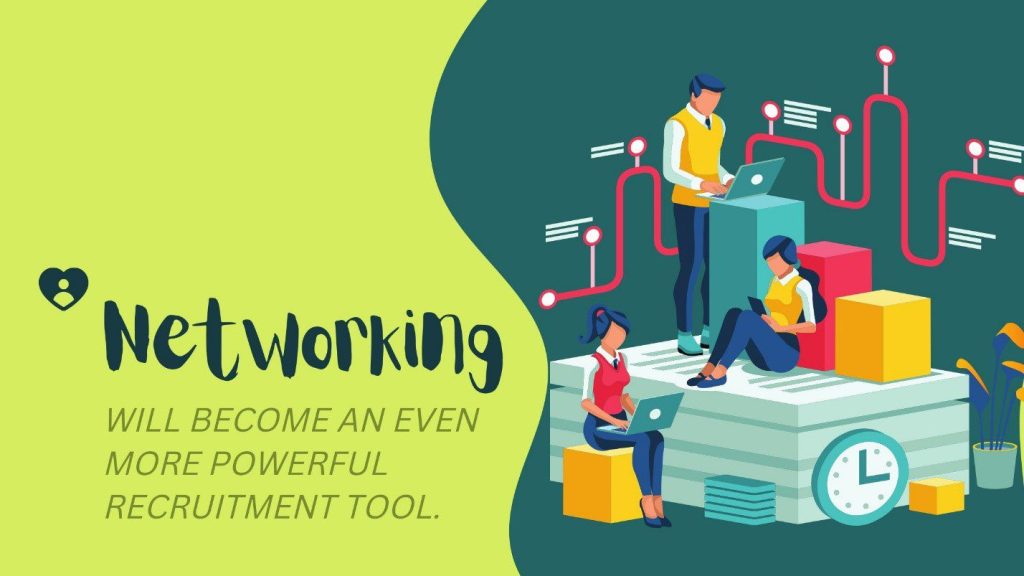
The “post and wait” approach is fruitless and is a strategy targeted only to active job seekers. As such, you are limiting your options to a mere 27% when 73% of potential candidates are passive job seekers.
They may be those who are actually happy with their current employment, or your seemingly content employees (possibly dying on the inside and quiet quitting), or those who are too afraid to venture out of their comfort zones.
Talent acquisition teams need to be utilizing tools like LinkedIn to source this untapped segment, as relationship building is key to luring them out and getting them to consider your company as a viable career option.
Luckily, LinkedIn, with its new features, is paving the way for networking to become a more powerful recruitment tool. Through it, you can create engaging, actionable content, guide conversations, host virtual events, directly connect with potential candidates, and establish connections beyond handshakes.
Our Classic Pick: Focusing on candidate experience will be essential to land top talent.
This is not a trend but a basic concept you should always keep in mind.
Remember this: You are not the only one doing the evaluation. As soon as a candidate begins the recruitment process, they make mental notes as to how your company can fit in with their goals and values.
Kayla emphasized that “providing a streamlined process that shows you value the candidate’s time and interest will be key when they have dozens of other employers they could be interviewing with or considering.”
Talent acquisition is more complex than you think. Anything with a people element is. Besides the trends, people change so much that there is no one-size-fits-all approach in recruitment that can work for all.
We’ll be happy to work with you in reviewing your current recruitment strategy, side-by-side with the emerging trends that will shape the job market in the coming year. Let’s get your workforce planning started as early as now!

